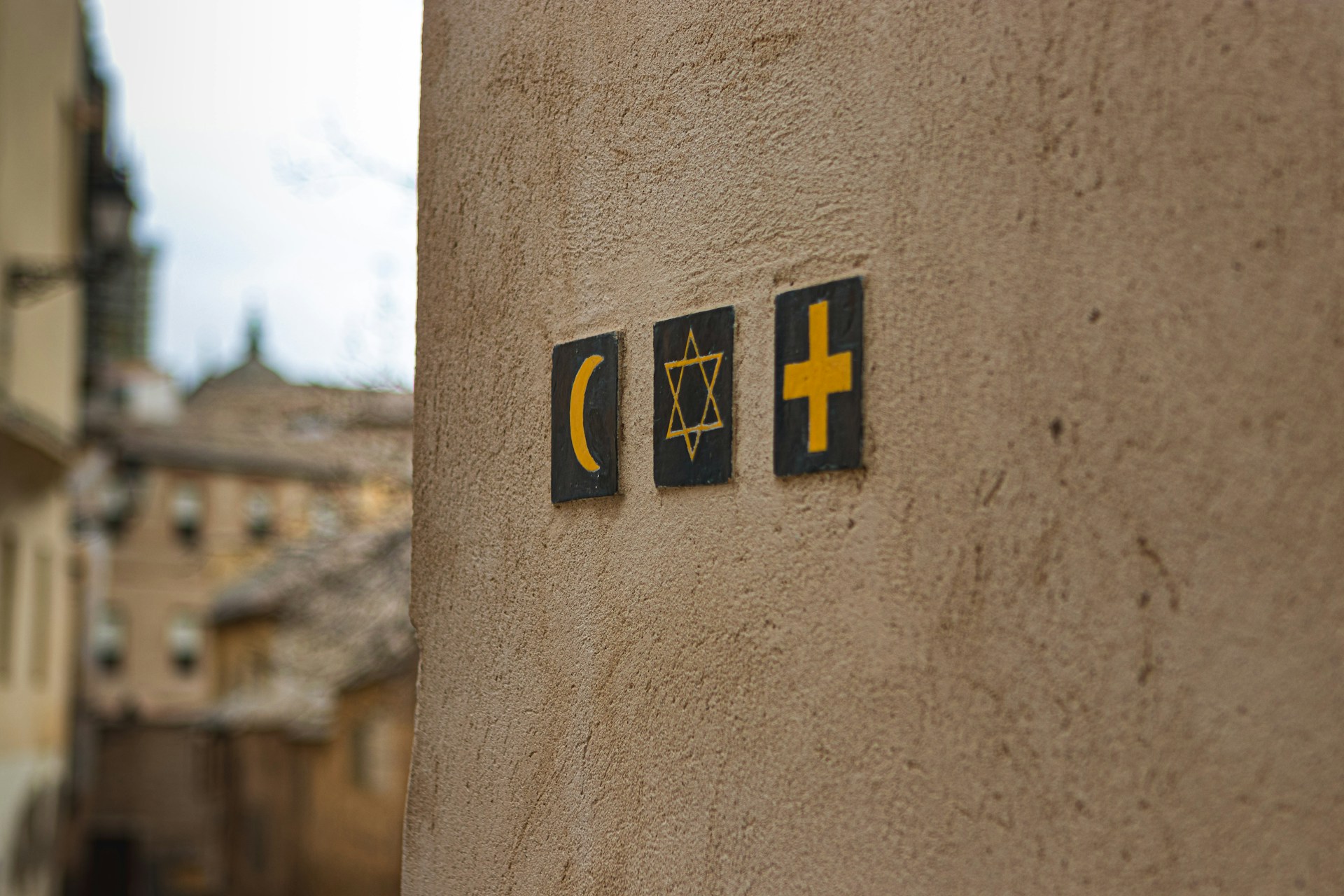What Is The Tipitaka?
-
The Tipiṭaka is a huge body of prose and verse works from the early centuries of Buddhism, consisting of three major collections (ti ‘three’ + piṭaka ‘basket’).
The Vinaya Piṭaka contains texts on the rules of life in the religious community, including many stories explaining the origins of the rules.
The Sutta Piṭaka contains the central teachings of Theravāda Buddhism, in the form of discourses attributed to Gautama Buddha and his immediate followers.
The texts of the Abhidamma Piṭaka constitute a systematic presentation of early Buddhist doctrine. Later Pāli works include the commentaries (Aṭṭhakathā)
and subcommentaries (Ṭı̄kā) to the Tipiṭaka, and other major works such as Buddhaghosa’s Visuddhimagga (5th century A.D.).
Faculty of Asian and Middle Eastern Studies, University of Oxford
-
Tripitaka literally means “three baskets” and refers to the three main canonical divisions of the Buddha’s teachings. vinaya (code of discipline),
sutra (discourses), and abhidharma (metaphysics).
The Pluralism Project, Harvard University
-
There are a number of canonical collections in Buddhism rather than a single fixed corpus of texts that
all Buddhists regard as “the canon.” The term Tripiṭaka (Sanskrit)/Tipiṭaka (Pāli) refers to the
Three Baskets or groups of texts that ideally constitute a canon, which are the Vinaya, Sutta (Pāli)/Sūtra (Sanskrit),
and Abhidhamma (Pāli)/Abhidharma (Sanskrit). These are, respectively, the monastic code, the discourses of
the Buddha or his disciples, and the psychologically oriented approaches to ontology.
Daniel Veidlinger, Oxford Bibliographies
Additional Resources & Commentaries
